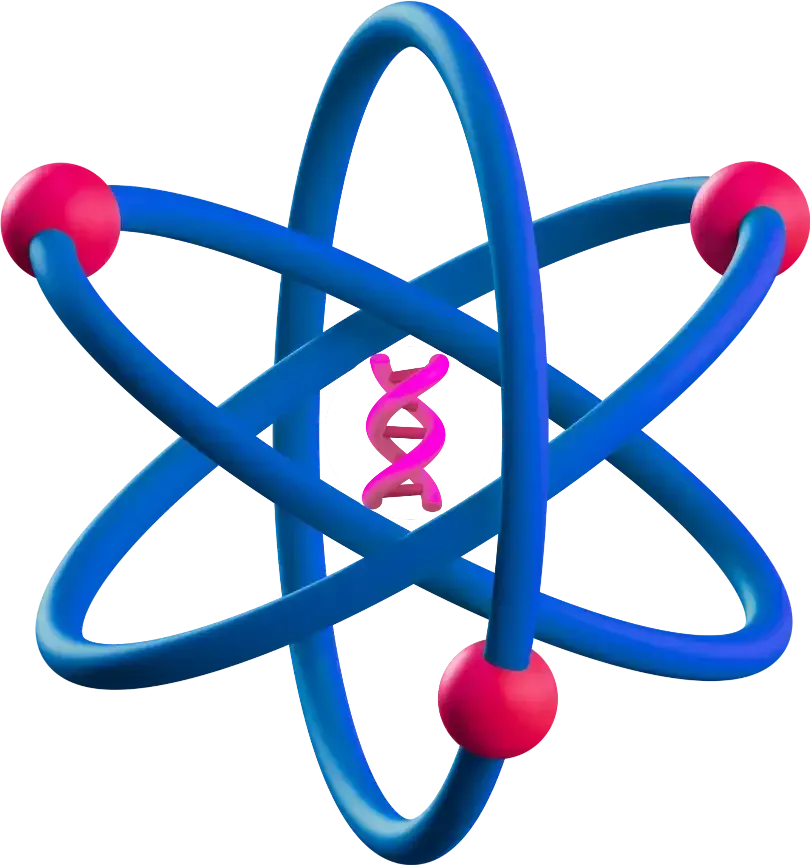Edexcel IAL Chemistry Topic 6 Checklist
specification
(2025–2026 Exams)
Topic 6: Energetics
Know that the enthalpy change
, ∆H, is the heat energy change measured at constant pressure and that standard conditions are 100 kPa and a specified temperature, usually 298 K
Know that, by convention, exothermic reactions
have a negative enthalpy change and endothermic reactions
have a positive enthalpy change
Be able to construct and interpret enthalpy level diagrams
, showing exothermic and endothermic enthalpy changes
Know the definition of standard enthalpy change of:
– reaction , ∆ r H
– formation , ∆ f H
– combustion , ∆ c H
– neutralisation , ∆ neut H
– atomisation , ∆ at H
– reaction , ∆ r H
– formation , ∆ f H
– combustion , ∆ c H
– neutralisation , ∆ neut H
– atomisation , ∆ at H
Be able to use experimental data to calculate:
– energy transferred in a reaction recalling and using the expression:
– energy transferred (J) = mass (g) × specific heat capacity (J g -1 °C -1 ) × temperature change (°C)
– enthalpy change of the reaction in kJ mol -1
(This will be limited to experiments where substances are mixed in an insulated container and combustion experiments using a suitable calorimeter.)
– energy transferred in a reaction recalling and using the expression:
– energy transferred (J) = mass (g) × specific heat capacity (J g -1 °C -1 ) × temperature change (°C)
– enthalpy change of the reaction in kJ mol -1
(This will be limited to experiments where substances are mixed in an insulated container and combustion experiments using a suitable calorimeter.)
Know Hess’s Law
and be able to apply it to:
– Constructing enthalpy cycles
– Calculating enthalpy changes of reaction using data provided, or data selected from a table or obtained from experiments
– Constructing enthalpy cycles
– Calculating enthalpy changes of reaction using data provided, or data selected from a table or obtained from experiments
CORE PRACTICAL 2
: Determination of the enthalpy change of a reaction using Hess’s Law.
Be able to evaluate the results obtained from experiments and comment on sources of error and uncertainty and any assumptions made in the experiments
(Students will need to consider experiments where substances are mixed in an insulated container and combustion experiments using, for example, a spirit burner and be able to draw suitable graphs and use cooling curve corrections.)
(Students will need to consider experiments where substances are mixed in an insulated container and combustion experiments using, for example, a spirit burner and be able to draw suitable graphs and use cooling curve corrections.)
Understand the terms ‘ bond enthalpy
’ and ‘ mean bond enthalpy
’, and be able to use bond enthalpies to calculate enthalpy changes, understanding the limitations of this method
Be able to calculate mean bond enthalpies
from enthalpy changes of reaction
Understand that bond enthalpy data
gives some indication about which bond will break first in a reaction, how easy or difficult it is and therefore how rapidly a reaction will take place at room temperature
Further suggested practicals:
– The enthalpy change for the decomposition of calcium carbonate using the enthalpy changes of reaction of calcium carbonate and calcium oxide with hydrochloric acid
– The enthalpy change of combustion of an alcohol
– The enthalpy change of the reaction between zinc and copper(II) sulfate solution
– The enthalpy of hydration of anhydrous copper(II) sulfate
– The enthalpy change for the decomposition of calcium carbonate using the enthalpy changes of reaction of calcium carbonate and calcium oxide with hydrochloric acid
– The enthalpy change of combustion of an alcohol
– The enthalpy change of the reaction between zinc and copper(II) sulfate solution
– The enthalpy of hydration of anhydrous copper(II) sulfate

